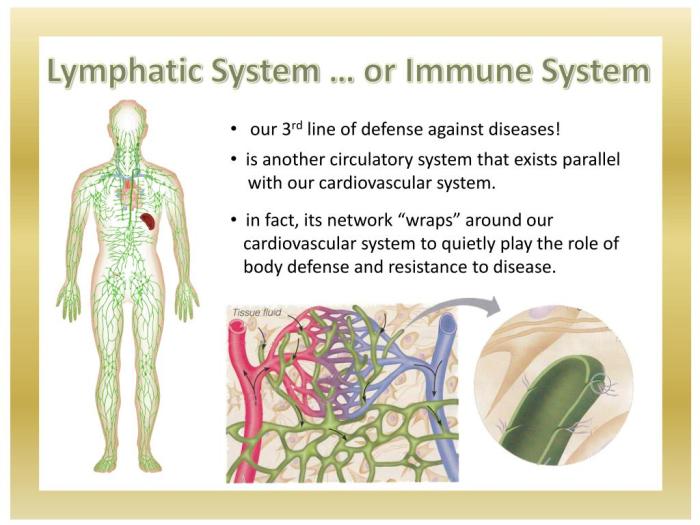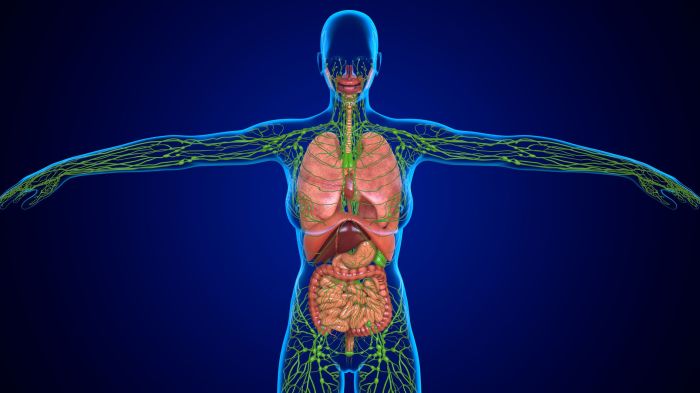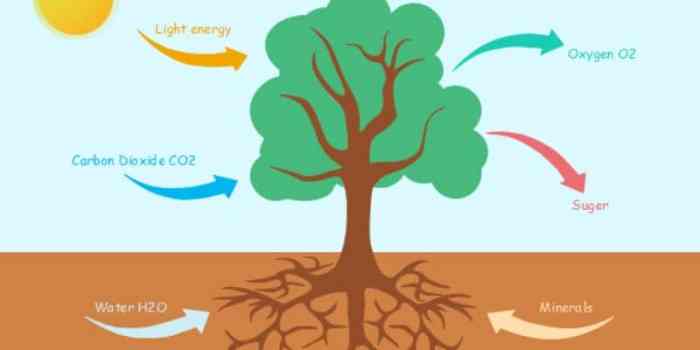Blood lymphatic and immune systems chapter 9 – Delving into the intricacies of the blood lymphatic and immune systems in Chapter 9, this comprehensive exploration unravels the fundamental mechanisms that safeguard our bodies against disease and maintain homeostasis. From the intricate components of blood to the intricate network of lymphatic vessels and the sophisticated arsenal of immune cells, we embark on a journey that unveils the remarkable interplay between these systems.
Throughout this chapter, we will delve into the vital role of blood in transporting oxygen and nutrients, the functions of lymph nodes and lymphatic vessels in immune defense, and the mechanisms of innate and adaptive immunity. We will also explore the intricate interactions between these systems, highlighting the crucial role of the spleen and lymphatic circulation in immune surveillance.
Blood System

Blood is a vital fluid that circulates throughout the body, performing essential functions for survival. It consists of several components, including red blood cells, white blood cells, platelets, and plasma.
Red blood cells contain hemoglobin, a protein that carries oxygen from the lungs to the tissues. White blood cells are responsible for fighting infection and disease. Platelets play a crucial role in blood clotting, which prevents excessive bleeding after an injury.
Blood Clotting
Blood clotting is a complex process that involves a series of biochemical reactions. When a blood vessel is damaged, platelets aggregate and release factors that activate the clotting cascade. This cascade leads to the formation of fibrin, a protein that forms a meshwork of fibers that traps blood cells and seals the damaged vessel.
Transportation
Blood plays a vital role in transporting oxygen, nutrients, and waste products throughout the body. Oxygen is carried by red blood cells from the lungs to the tissues, where it is used for cellular respiration. Nutrients are absorbed from the digestive tract and transported by blood to the cells, where they are used for energy production and growth.
Waste products, such as carbon dioxide and urea, are carried by blood to the lungs and kidneys, respectively, where they are removed from the body.
Lymphatic System
The lymphatic system is a network of vessels, nodes, and organs that work together to remove waste products, fight infection, and maintain fluid balance.
Components
The lymphatic system consists of lymphatic vessels, which are similar to blood vessels but smaller and thinner. Lymphatic vessels collect fluid from tissues and transport it to lymph nodes, where immune cells are located.
Lymph nodes are small, bean-shaped structures that filter out foreign particles and pathogens from the lymph. They contain white blood cells that can destroy bacteria, viruses, and other harmful microorganisms.
Immune Defense
The lymphatic system plays a crucial role in immune defense. Lymph nodes act as filters, trapping and destroying pathogens that enter the body through the skin or mucous membranes.
The lymphatic system also contains specialized organs, such as the spleen and tonsils, which are involved in immune surveillance and antibody production.
Immune System

The immune system is a complex network of cells, tissues, and organs that protects the body from infection and disease. It is composed of two main types of immunity: innate immunity and adaptive immunity.
Types of Immune Cells
The immune system consists of a variety of immune cells, including:
- Neutrophils: Phagocytic cells that engulf and destroy bacteria.
- Macrophages: Phagocytic cells that engulf and destroy pathogens and cellular debris.
- Lymphocytes: White blood cells that include B cells and T cells, which are responsible for adaptive immunity.
Innate Immunity
Innate immunity is the body’s first line of defense against infection. It is non-specific and provides immediate protection against pathogens.
Innate immunity includes physical barriers, such as the skin and mucous membranes, as well as chemical barriers, such as stomach acid and antimicrobial peptides.
Adaptive Immunity
Adaptive immunity is a more specific type of immunity that develops over time in response to specific pathogens.
Adaptive immunity involves the production of antibodies, which are proteins that bind to specific antigens (foreign molecules) and neutralize them.
Interactions between the Blood, Lymphatic, and Immune Systems: Blood Lymphatic And Immune Systems Chapter 9

The blood, lymphatic, and immune systems work together to maintain homeostasis and protect the body from infection.
Spleen, Blood lymphatic and immune systems chapter 9
The spleen is a lymphoid organ that plays a crucial role in immune function. It filters blood and removes old or damaged red blood cells, as well as pathogens.
The spleen also contains macrophages and lymphocytes, which are involved in immune surveillance and antibody production.
Lymphatic Circulation
Lymphatic circulation is the movement of lymph through the lymphatic vessels. It is driven by the contraction of muscles and the pressure changes in the chest cavity.
Lymphatic circulation is essential for immune surveillance, as it allows immune cells to travel throughout the body and monitor for pathogens.
FAQ Guide
What are the main components of blood?
Blood consists of plasma, red blood cells, white blood cells, and platelets.
How does the lymphatic system contribute to immune defense?
The lymphatic system filters and removes waste products, bacteria, and other harmful substances from the body.
What is the difference between innate and adaptive immunity?
Innate immunity provides immediate but non-specific protection, while adaptive immunity develops over time and targets specific pathogens.



